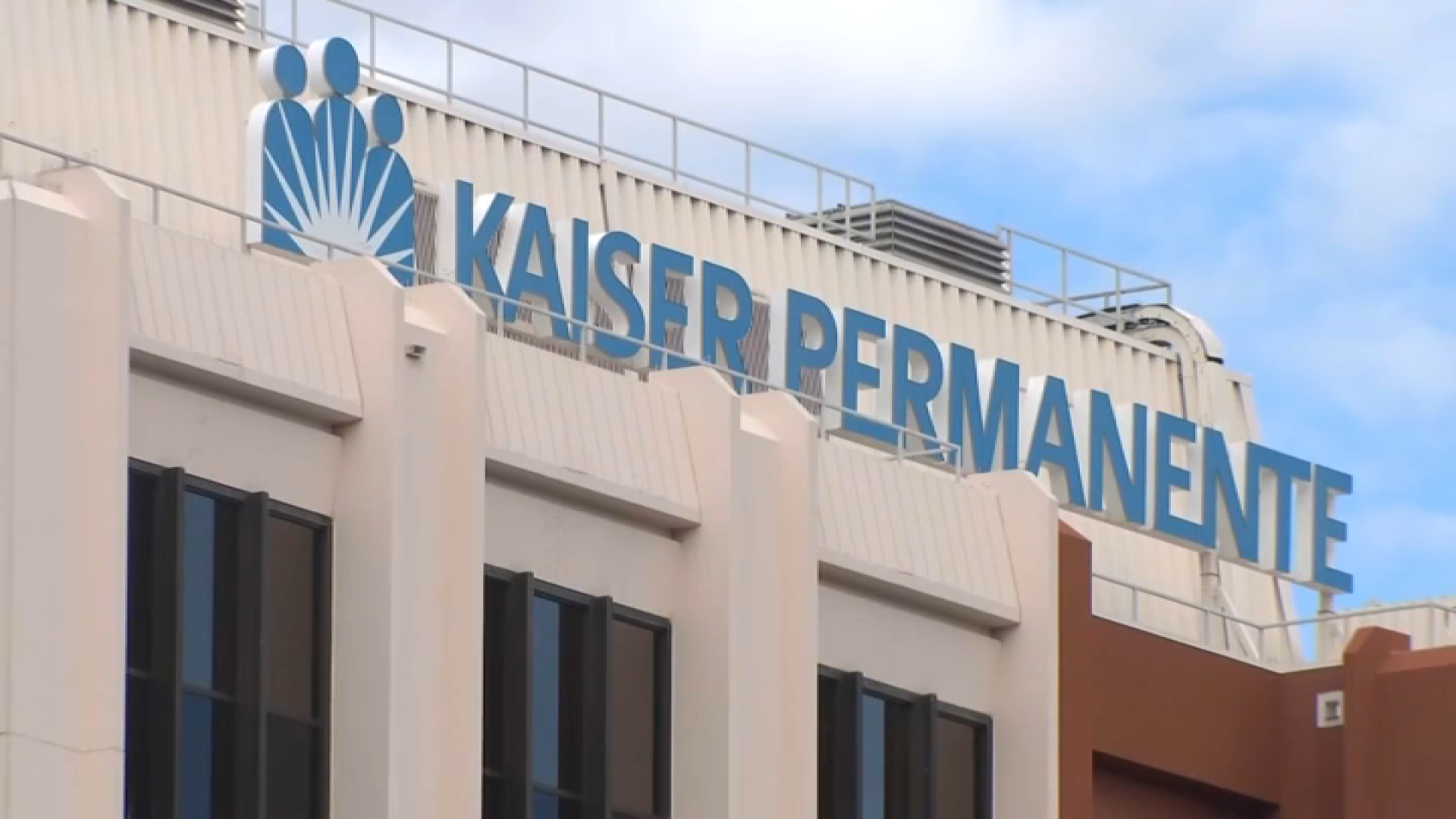People love their digital video recorders.
The national adoption rate of DVRs like those made by Alviso, Calif.-based TiVo and the generic boxes offered by cable companies is now 38 percent compared with 33 percent last year, according to Variety.
For TV executives, that may be a bad thing. While networks are enjoying rating boosts from recorded shows, advertising sales haven't been so lucky.
So more viewers means more money right? Not really. Networks typically charge advertisers based on what's called the "C3" metric, or the number of viewers who watch commercials but only within 3 days from when a program airs. The number of people who delay watching a show over 3 days is increasing, meaning less revenue.
The second big issue (no surprise here) is that most people are skipping commercials all together. On top of that, viewers watching DVR's are taking eyeballs away from live shows and their commercials.
According to Variety, the major networks averaged a combined 15.2 rating in "live plus 7-day" DVR playback during the week of Sept. 21-27. That's up 1.9 ratings points from a couple of weeks ago. Last year during premiere week, the growth from "same-day" to "7-day" was just 1.3 ratings points Variety said.
DVRs get their biggest workout on Thursdays. Seven of the biggest 18-49 gainers in premiere week across the major networks aired on the night.
Tech
Shows with sci-fi themes tend to do better with DVRers. NBC's "Heroes" and Fox's "Fringe" shot up by 0.9 ratings points and ABC's "FlashForward" by 0.8. But live shows with a shorter shelf life like NBC's "Jay Leno Show," didn't see much movement, rising by just 0.1 from "same-day" to "7-day," according to Variety.
Networks could have worse problems. "The biggest challenge is apathy," ad buyer John Rash of Campbell Mithun told USA Today. "If the network programming is compelling enough for some viewers to DVR, that's a much better scenario than audiences simply not watching."



